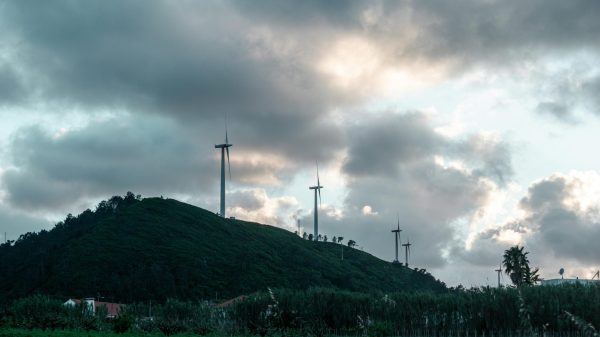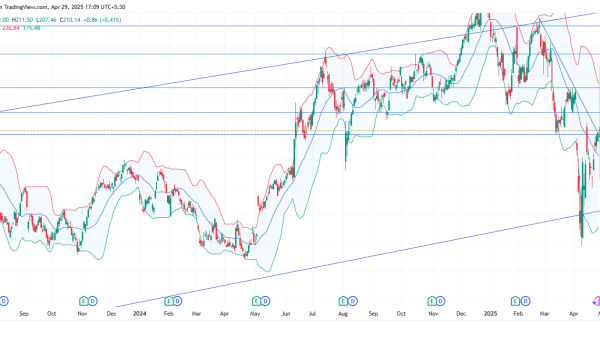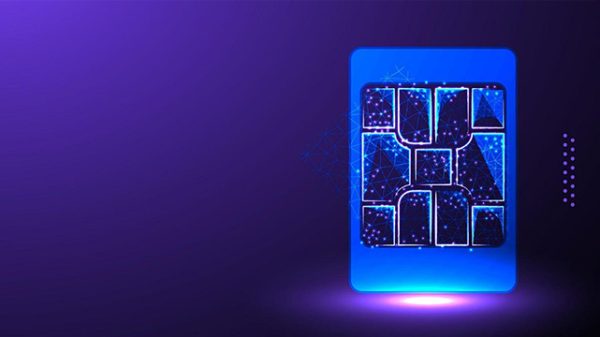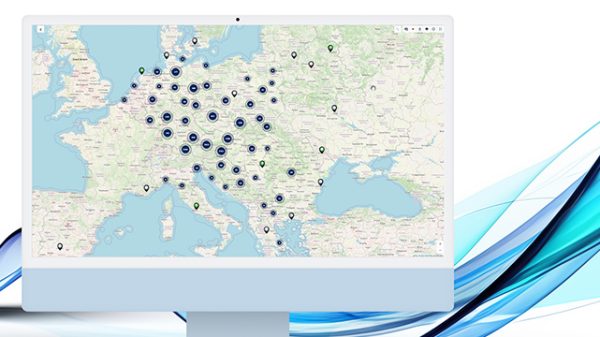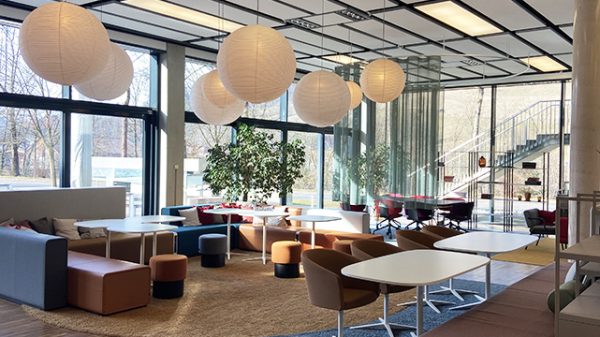Continuous innovation of the robust and high-capacity LoRaWAN open standard has led to the most LPWAN deployments globally across terrestrial and non-terrestrial networks (NTNs).
The LoRa Alliance®, today launched its formal roadmap, which highlights LoRaWAN’s evolution from building and interconnecting networks through its focus on making the technology faster and easier to deploy, work that has successfully made LoRaWAN the leading LPWAN with the most deployments supporting IoT’s active scaling across numerous end markets.
The roadmap also showcases the planned development of the LoRaWAN open standard for IoT communications.
“LoRaWAN is a purpose-built networking technology to support massive IoT,” said Donna Moore, CEO and chairwoman of the LoRa Alliance. “The members of the LoRa Alliance have been diligent in their work to lay the foundation strategically evolving LoRaWAN to achieve the significant scaling that is taking place in IoT. Not only is our technology best of breed and proven across multiple multimillion-sensor deployments, but it is also backed by the largest ecosystem with the greatest number and diversity of certified devices. Further, it offers the widest variety of deployment options across terrestrial networks and satellite NTNs, including hybrid networking approaches. As such, it is the only LPWAN that can address the requirements of any organization looking to deploy large-scale, low-power IoT solutions today.”
The roadmap outlines the planned enhancements of several critical features already incorporated in the LoRaWAN standard:
Expanding Addressable Markets
Enhances connectivity for NTN LoRaWAN through, for example, further optimization of the long range–frequency hopping spread spectrum (LR-FHSS), which enables LoRaWAN to far surpass the projected network-capacity requirements of massive IoT. Make relay enhancements that increase LoRaWAN signals’ reach in noisy or physically challenging environments to allow sensors to be deployed anywhere. Add fast and low-power network discovery, which offers new deployment options where coverage is not permanent, like mobile gateways, allowing walk-by or drive-by applications and adding significant value for key markets like utilities, where LoRaWAN dominates in terms of deployment volumes.Hyperscalability
Simplify deployments with easier device profile management and device migration. Carry GS1-compliant identifiers, such as RFIDs, barcodes, electronic product codes (EPC) over LoRaWAN, to enable devices connected via LoRaWAN to be used for product/asset identification. Facilitate LoRaWAN end-device onboarding by LoRaWAN networks with automated device profile downloads, which automatically request the device profiles from online repositories using a standard API, building on prior work of LoRa Alliance QR code.Core Network Management
Strengthen device interoperability by standardizing the application server and gateway interfaces.Certification
Drive customer confidence through the addition of firmware updates over the air and relay to LoRaWAN certification testing, allowing end-device manufacturers to validate the performance of these features. Give end users confidence in cross-vendor device interoperability by adding advanced interoperability testing into the LoRaWAN certification test suite. This testing will validate that devices from different manufacturers can effectively exchange and make use of each other’s information.Physical/Link Layer Development
Introduce crypto-agility to LoRaWAN, so the variety of current and future crypto-suites can be used as add-ons with the LoRaWAN Link Layer without having to evolve the latter.As IoT moves from millions to billions of connections, as is forecast in the next few years, network scalability is a key consideration that is addressed in the current standard and slated for future enhancements. Smart metering is one key market where LoRaWAN has established a market-leading position with the current specification delivering abundant network capacity to address market requirements. Recognizing the growth in IoT connections that will be enabled by satellite and other NTNs, the Alliance developed LR-FHSS for massive, global LoRaWAN connectivity. As part of its planned roadmap, the LoRa Alliance will continue to enhance and expand the standard based on market needs and new use cases.
One example that illustrates LoRaWAN’s existing high-capacity capability is the ZENNER network, with nearly 7.5 million sensors running on more than 100,000 gateways in 15 countries to support energy providers, the housing industry, cities and municipalities, municipal utilities and industrial operations. As this example shows, the LoRaWAN standard easily addresses today’s IoT capacity requirements.
“ZENNER has moved this proven technology to its larger-scale deployments with water, gas and electric municipalities. In the United States, ZENNER has already installed systems in seven communities this year alone. LoRaWAN technology makes an open standard system easy to install and at a lower cost for our customers. In addition, utilities can offer a mass number of other services to their customer base due to this open standard, which will enrich their customers as well as themselves. ZENNER is currently testing LoRaWAN satellite communication and how that fits into our IoT direction. To date it has shown great promise and at a reasonable cost for our customers. We are seeing an immense amount of interest in LoRaWAN that will feed the growth of our company on a global basis. The LoRa Alliance is the organization that has laid out the plan that got us here and has structured plans that take us into the future. ZENNER is a proud sponsor of the Alliance and values its other members. As a company we cannot ask for a better organization to help us in developing our IoT strategy.” –– Rich Sanders, president, ZENNER USA, and treasurer, LoRa Alliance Board of Directors
“From its inception, the technical and performance advantages of LoRaWAN have been embraced by customers needing a comprehensive solution for deploying and managing large-scale sensor-based applications. The ongoing innovation represented in the development roadmap presented by the LoRa Alliance today continues to firmly establish the technology as a standout choice for a growing number of use cases, including those requiring enhanced or expanded connectivity delivered by relays, mobile gateways and non-terrestrial networks. For Netmore and our global customers, these advantages translate to leadership positions in service optimization, cost savings, regulatory compliance and resource conservation. This is most evident in the utility and energy sectors, where metering and infrastructure monitoring solutions are rapidly scaling, network deployment times and costs are being reduced, and compliance and ROI are being achieved faster—all while contributing positively to the planet. Netmore is a strong supporter of the LoRa Alliance and the LoRaWAN ecosystem. With LoRaWAN, Netmore is not just leading, we’re defining the market. And with our unwavering focus on sustainability and environmental stewardship, we’re not just a network operator, but a proud catalyst for a greener, more sustainable world.” –– Ove Anebygd, CEO, Netmore Group AB, and LoRa Alliance Board Member
“It is tremendously validating to look at the future of the LoRaWAN standard and know that we are building from an exceptionally broad and solid foundation,” continued Moore.
“Time after time, our members share their real-world deployments that are successfully using LoRaWAN at scale to improve the well-being of people and the planet while running profitable enterprises. This truly exemplifies the strength, breadth and depth of the LoRaWAN standard today and the unlimited potential of LoRaWAN as we continue to evolve and enhance its features.”
The post LoRa Alliance® Unveils LoRaWAN® Development Roadmap; The Standard’s Success Guides Its Future Evolution and Direction appeared first on IoT Business News.


